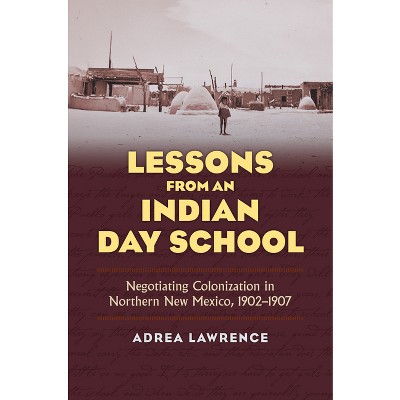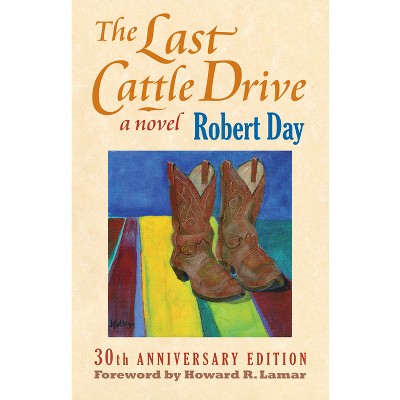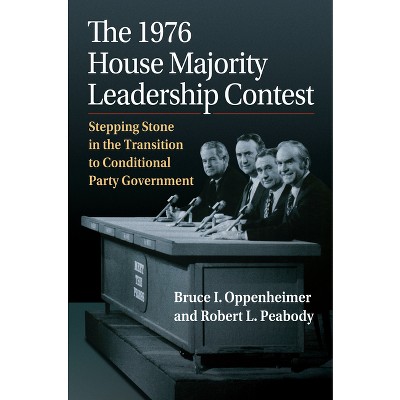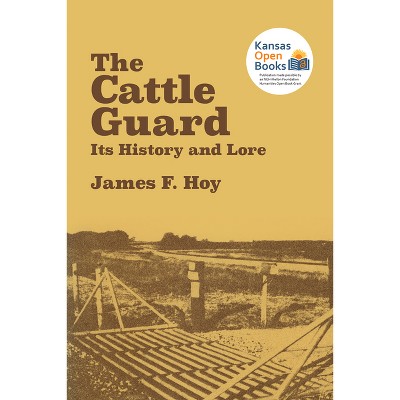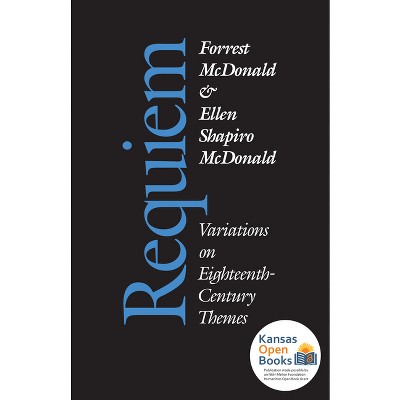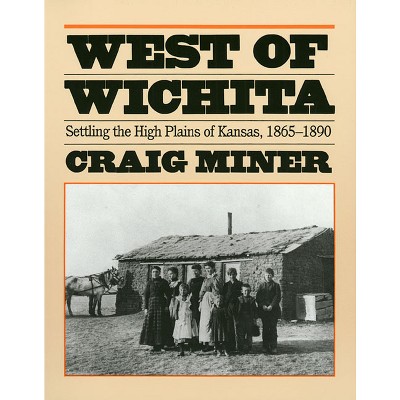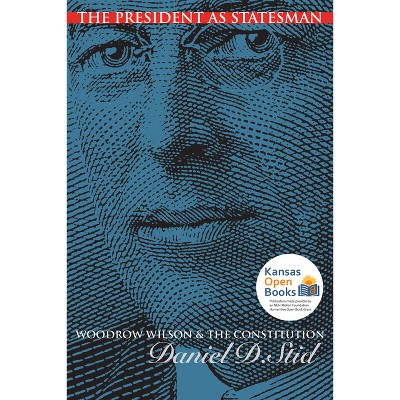Sponsored

The Kansas Beef Industry - by Charles L Wood (Paperback)
In Stock
Sponsored
About this item
Highlights
- This book relates the modern development of the Kansas beef cattle industry, combining both the history of production--including specific business problems and the significant work in upbreeding--and an examination of the marketing aspects of the industry that became so important during the twentieth century.
- Author(s): Charles L Wood
- 368 Pages
- Language + Art + Disciplines, General
Description
About the Book
In the most complete scholarly study of the twentieth-century beef industry in any single state, Charles L. Wood traces the history of range production in Kansas, looks closely at the relationship of cattlemen to government and to big business, and examines specific problems of marketing.Book Synopsis
This book relates the modern development of the Kansas beef cattle industry, combining both the history of production--including specific business problems and the significant work in upbreeding--and an examination of the marketing aspects of the industry that became so important during the twentieth century. Sharpest focus is on the period 1890 to 1940, after the Western beef industry had passed through the transition from using the expansive, open-range method of beef production to the more rational and organized methods of today. Wood presents a detailed discussion of the history of upbreeding. He points out the little-known fact that the fine-blooded animals--especially Herefords--that moved out from the Midwest were probably more important in stocking the ranges of the Plains and the Southwest than the many thousands of Longhorns driven from Texas. He emphasizes the interregional aspect of beef production and the unique role played by Kansas. On the threshold of the Great Plains, Kansas received cattle from both the Midwest and the Southwest for many years--upbred cattle moving South, and stocker cattle moving from the South or Southwest into Kansas for additional maturing before being shipped to the Midwest for fattening or for slaughter. Wood also looks closely at the relationship of cattlemen to government and to big business--railroads, stockyards, and packers. He sees the cattlemen as agricultural producers and business managers, rather than as romantic, self-reliant giants of the earth. Taking issue with the popular myth that cattlemen were and are ruggedly individualistic and disdainful of outside help, Wood discusses the cattlemen's repeated demands for aid, especially during the 1930s. Included in the book is the history of the Kansas Livestock Association, which the author credits as being one of the most significant stock associations in the West during this century. Wood sets the KLA's growth within the context of the larger organizational revolution in the nation's business world. A concluding chapter surveys major developments after World War II, including the development of feedlots and irrigation, the new cross-breeding, decentralization of packers, and the advent of trucking to replace railroads. There has been scant information on these topics in the general literature of the Great Plains.Review Quotes
"As those who have the good fortune to read Wood's masterful account of twentieth-century cattlemen will realize, he has made a contribution to the historiography of the cattle industry, and a major one--a chronicle, as far as Kansas is concerned."--American Historical Review
"Wood has engrossingly told the story of the billion-dollar Kansas beef industry. The author, his advisors, and the publisher are congratulated on an excellent contribution."--The Historian
"Wood has made a solid contribution to the history of Kansas and American agriculture."--Great Plains Quarterly
"An interesting and useful book on the changes in cattle raising and feeding."--Agricultural History
"An important and well written book."--Business of History Review
"Wood has written an easily readable and authoritative account of the Kansas cattle-raising industry."--Colorado History
"The Kansas Beef Industry is a welcome contribution to a literature obviously overburdened with nineteenth-century nostalgia."--The Chronicles of Oklahoma
"The Kansas Beef Industry establishes a standard and model for similar studies to follow."--Annals of Iowa
"This readable book highlights a succession of adversary positions involving the state's cattle producers through a fifty-year period. It tells the story of conflicts between the cattle producers, on the on hand, and the railroads, the packers, and the government on the other. The broad range of research done by the author impresses me."--Donald R. Ornduff, Contributing Editor, American Hereford Journal
Shipping details
Return details
Trending Non-Fiction






